Tom's Guide Verdict
Returnal is an incredible experience, which combines a replayable rogue-lite structure with heart-pounding bullet-hell gameplay.
Pros
- +
Compelling rogue-lite structure
- +
Intriguing and mysterious story
- +
Thrilling bullet-hell combat
- +
Incredible visuals and DualSense features
Cons
- -
Overwhelming introduction
- -
Lacks a save system
Why you can trust Tom's Guide
EDITOR'S NOTE: Returnal won a "highly recommended" honor for best game design at the Tom's Guide Awards 2021 for gaming.
Returnal is a perfectly timed release. The game adds a wonderful breath of fresh air to Sony’s exclusive lineup, which has recently come under fire for lacking diversity.
On the surface, Returnal may look like another third-person action game with the PlayStation Studios splash screen attached However, nothing could be further from the truth. Returnal is a bold step forward for developer Housemarque, proving that the studio is one of the finest working teams in the industry.
- The best PS5 games you can play right now
- Our favorite PS5 headsets currently available
Returnal takes huge risks frequently. Remarkably, almost all of them pay off. No other publisher is putting out big-budget titles as risky as this rogue-lite. If you own a PS5, then Returnal is absolutely essential.
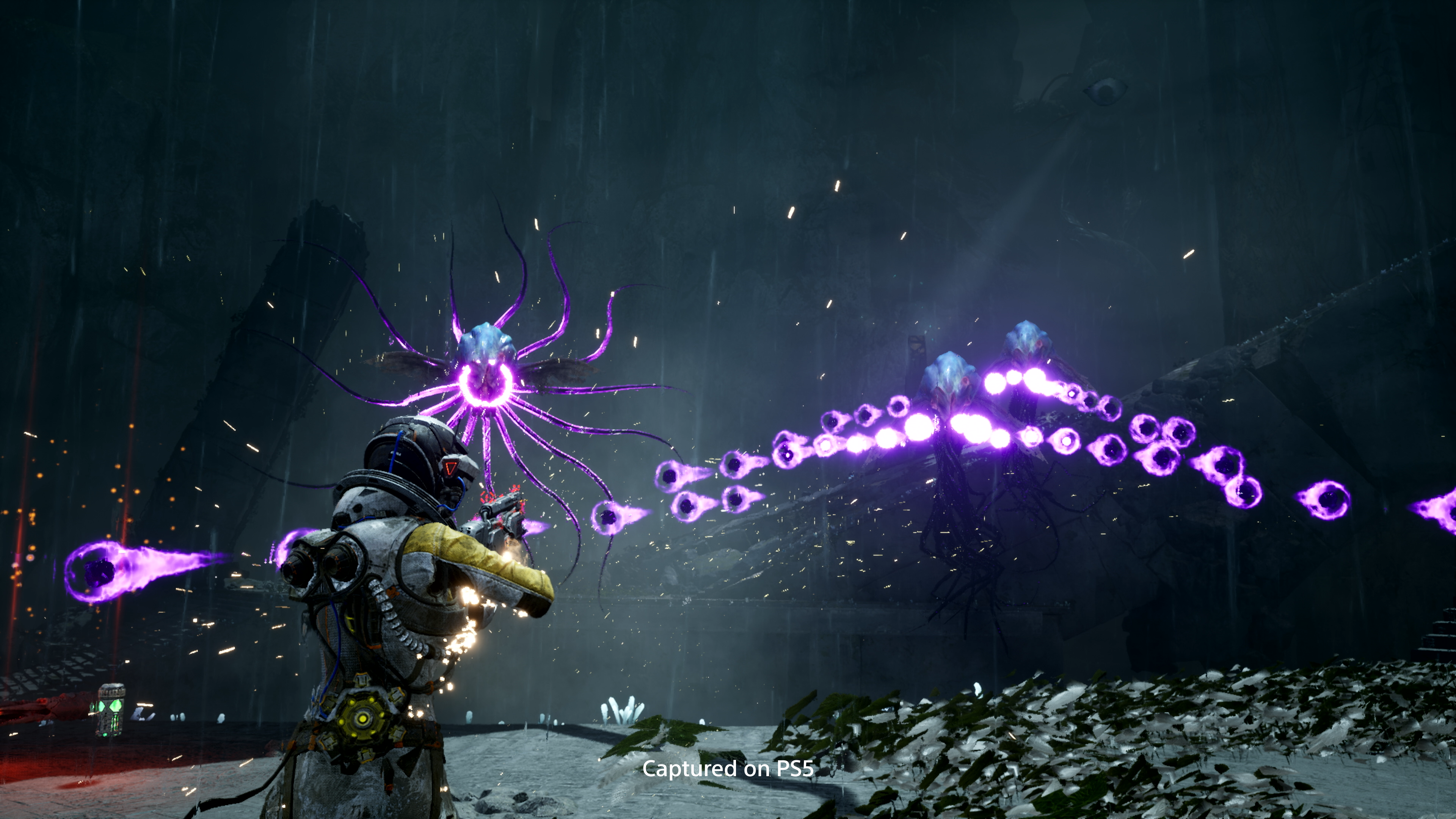
Returnal review: Story
Returnal’s premise hooks you right from the start. You’re immediately thrown into the boots of astronaut Selene, who has just crash-landed on the hostile alien planet of Atropos. After a brief scripted opening, Selene finds herself trapped in a time loop.
Every time she dies, she returns to the wreckage of her crashed spaceship and must once again venture out from there to unravel the mystery of Atropos. She must also discover why she has become trapped in this never-ending cycle.
The story unfolds mostly through audio logs that you pick up from previously fallen versions of Selene herself. These logs are randomly generated, which results in the story feeling a tad fragmented. However, even with the narrative being doled out in small snippets, the central yarn is surprisingly gripping.
Get instant access to breaking news, the hottest reviews, great deals and helpful tips.
There are some surreal cutscenes thrown into the mix. You’ll also get to unravel more story through first-person sections set within a creepy 20th-century house from Selene’s past, which has inexplicably appeared on the alien world’s surface. These segments are pretty bizarre, and even get a little meta. But they’re a great change of pace and frequently feel unnerving.
The story definitely takes a backseat to the gameplay in Returnal, but the narrative does come to a satisfactory, if slightly rushed, conclusion. There’s also a secret "true" ending tied to a set of post-game collectibles, which could fill in the few remaining blanks.
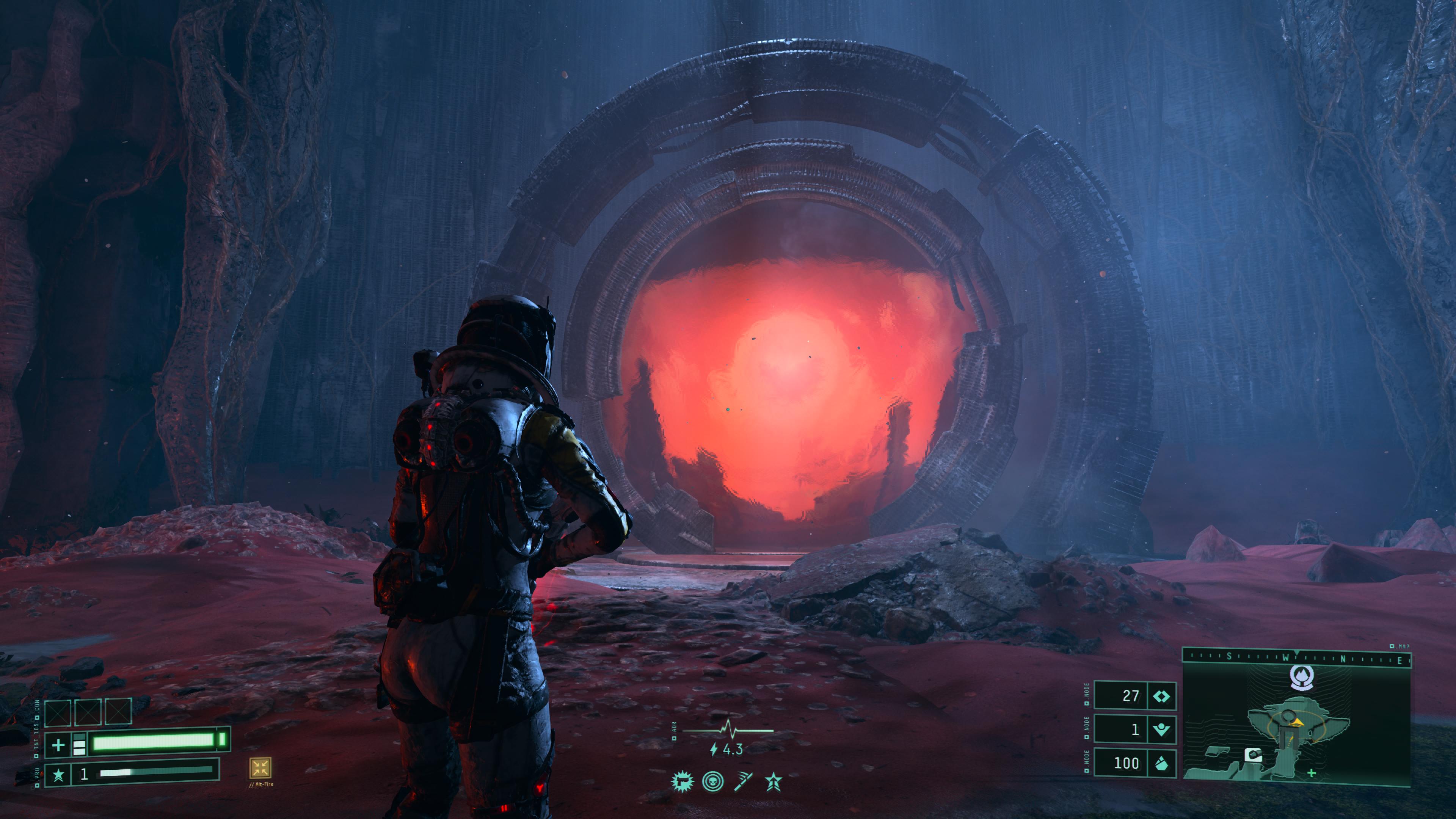
Returnal review: Gameplay
Returnal is the logical evolution of Housemarque’s previous critically acclaimed games like Resogun and Dead Nation. It takes the excellent bullet-hell shooting of those titles and bumps the production values up several notches.
You’ll primarily spend your time running, jumping and dashing around enemies while avoiding waves of brightly colored projectiles. As you do so, Platforming sections break up the tense combat encounters. While the jumps feel a tad floaty, making precise landing tricky, these sections offer some needed variety, as well as time to allow your heart rate to return to normal.
As mentioned Returnal is a rogue-lite, and a pretty unforgiving one at that. This means that upon every death, you return to the scene of the crash, without any of your previously collected weapons, upgrades, and items. You begin with almost nothing, save for a basic pistol, and each death returns you to that state.

Some games in this genre, such as Dead Cells and Hades, are reasonably generous, giving players a range of upgrades that persist across runs. In Returnal, though, very little carries over. Traversal abilities that unlock during key story moments remain, as does a type of currency called Ether. You can also keep a few specific weapon upgrades, which you earn through long-term use. Otherwise, you lose it all.
Furthermore, there are no save rooms or ways to pause your progress. If you switch the game off mid-run, you lose everything and start back up at the crash site. You can use the PS5’s rest mode feature to suspend the game, but it’s an inelegant solution. The game badly needs a "save and exit" function. This would prevent players from cheating death with frequent saves, while still making the game more accessible to people who can’t play for hours at a time.
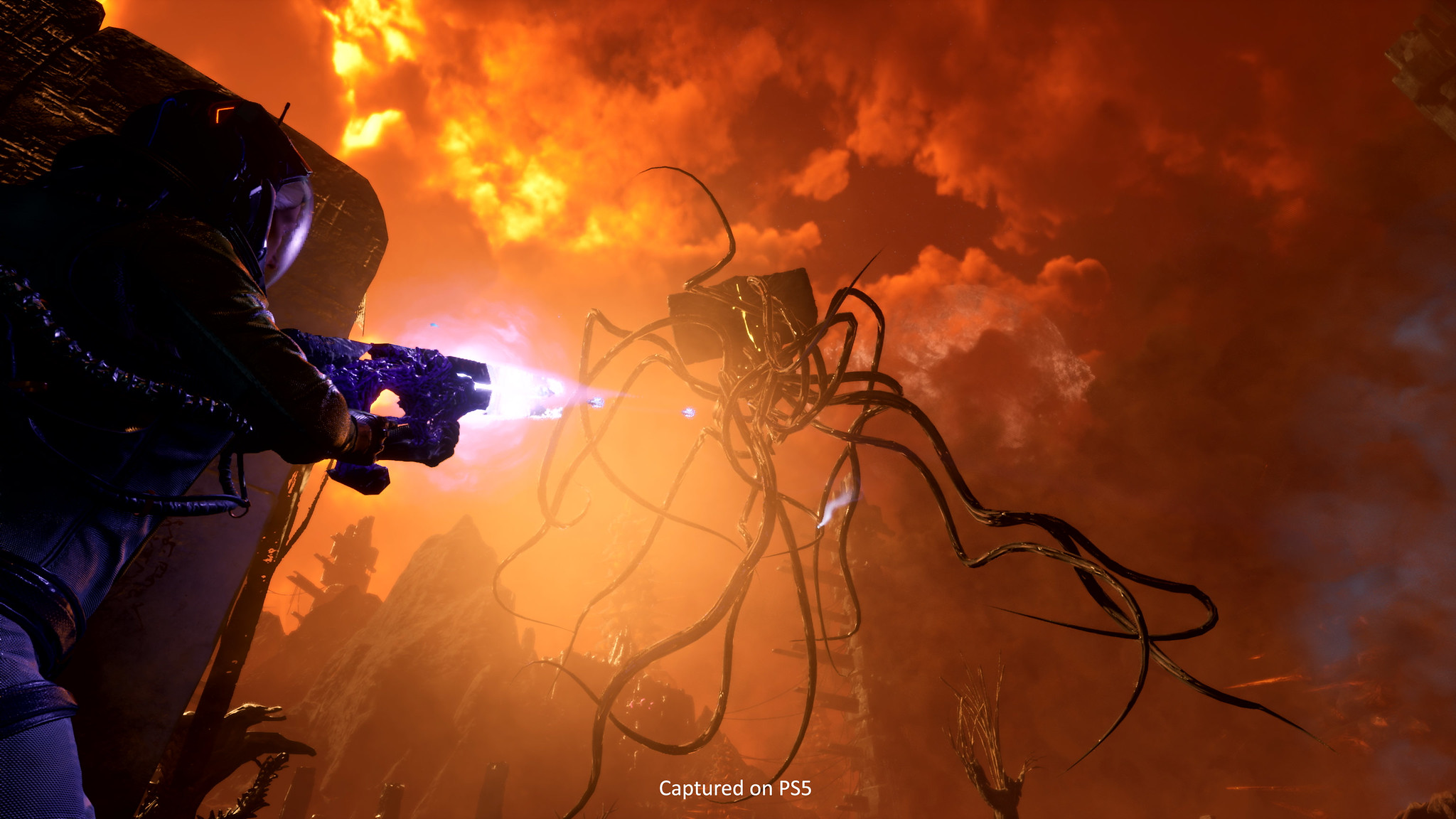
Returnal review: Upgrades and difficulty
There are a lot of interlocking systems at play in Returnal. There are two currency types: Ether, as described above, and Oblities, which don’t carry over across runs. There are also various types of pickups, such as Parasites. These are little creatures that attach to your body and offer a positive upgrade, as well as a negative effect. You can remove Parasites only by completing a randomly generated task, such as killing a set number of enemies or picking up large quantities of Oblities.
There are also Artifacts and Malignant Chests, either of which can infect you with a negative malfunction. You can cleanse these items with your precious stock of Ether. Then there are gameplay systems such as overloading, which is similar to active reloading in Gears of War, and Adrenaline, which rewards you with upgrades for every three enemies you kill without taking damage.
If it all sounds like a lot to take in, that’s because it is. Unfortunately Returnal doesn’t do a great job of slowly introducing you to each system. Instead, it throws all of them at you right from the start. Returnal's first few hours feel overwhelming. Every few minutes, you’ll try to get your head around a new wrinkle or type of upgrade.
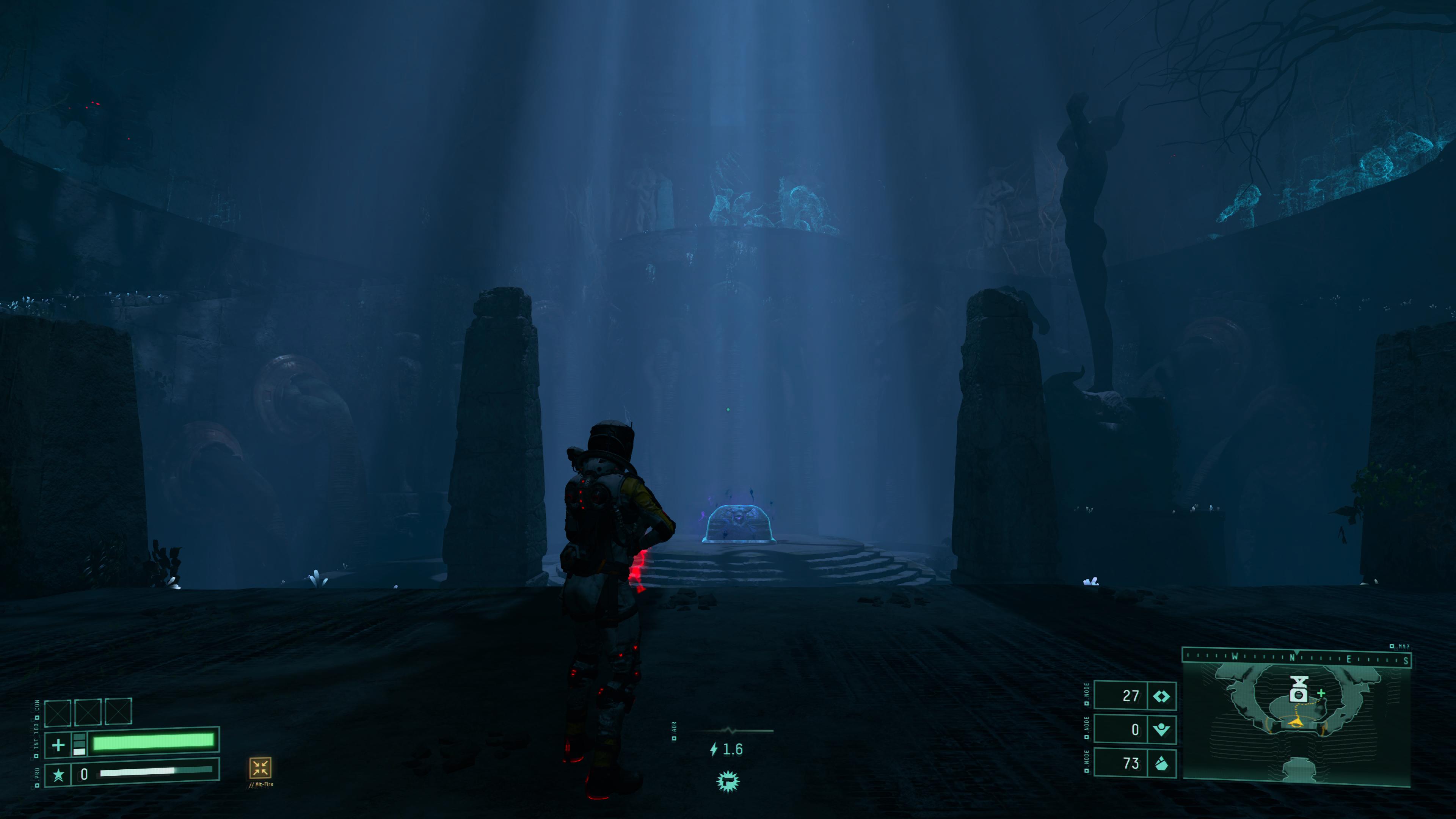
The game's six unique biomes are procedurally generated as well. Each feels distinct, save for one in the back half of the game that seems like a palette swap. The randomness helps to make every run feel unique. While you’ll quickly start to recognize individual rooms, enemy placement is usually different. Well-placed checkpoints and shortcuts minimize the need to endlessly repeat previous biomes, but some areas do get repetitive.
Returnal warns players from the start that it’s designed to be a challenging experience, but it starts off fairly easy. In fact, my first death didn’t come until the third boss fight. However, the second half of the game ramps up the challenge significantly. While it never approaches the brutality of a Souls game, Returnal has a pleasant difficulty curve. I always felt apprehensive about what terrifying beast was lurking in the next dark corner.
I always felt apprehensive about what terrifying beast was lurking in the next dark corner.
How long it takes you to reach the ending will be highly dependent on your skill. I managed to fight my way through to the game’s final boss within 15 hours, which felt a little on the short side. However, the unpredictable nature of each new run and the additional post-game collectibles are giving me plenty of reasons to return.
Overall, Returnal's structure and engaging risk-reward balance made just about every minute of play a joy. I had one particularly crushing defeat, in which I fell to a mini-boss with just a sliver of health left, after two-and-half hours of slowly crawling through one of the game’s toughest biomes. My reaction was momentary frustration, followed by immediate determination to return to that enemy and enact my revenge. And trust me, the mini-boss felt my fury (after it killed me a second time, that is).
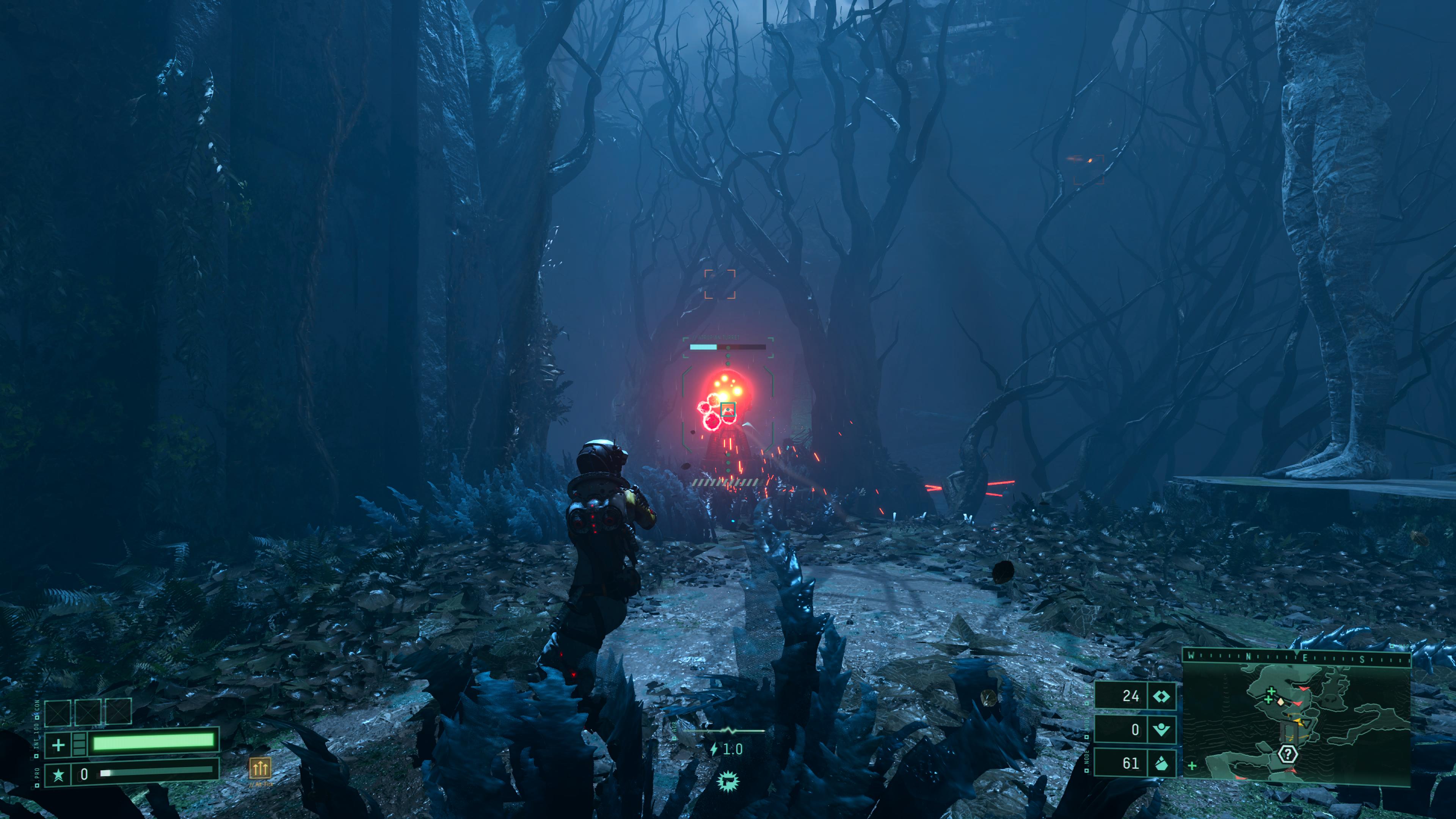
Returnal review: Visuals, sound and the DualSense
Returnal is a true showcase of the PS5's capabilities. The game is graphically stunning. From the incredible environmental design, to small details like fauna swaying in the breeze, or the movement of an enemy’s grotesque tentacles, it all looks marvelous. A PS4 couldn’t dream of running this.
Remarkably, the game sticks to a smooth 60 frames-per-second frame rate without any noticeable hiccups. This is absolutely essential for the bullet-hell nature of battles, where perfect timing is the difference between dodging an attack and losing a massive chunk of your precious health.
The sound design is also extremely impactful. Returnal proves that 3D Audio isn’t just a marketing gimmick. Walking into an unexplored area and hearing a bloodcurdling scream behind you from a new type of monster never gets old. You need to play Returnal with a decent headset, or a proper surround sound system. Audio design this good isn’t meant for lackluster television speakers.
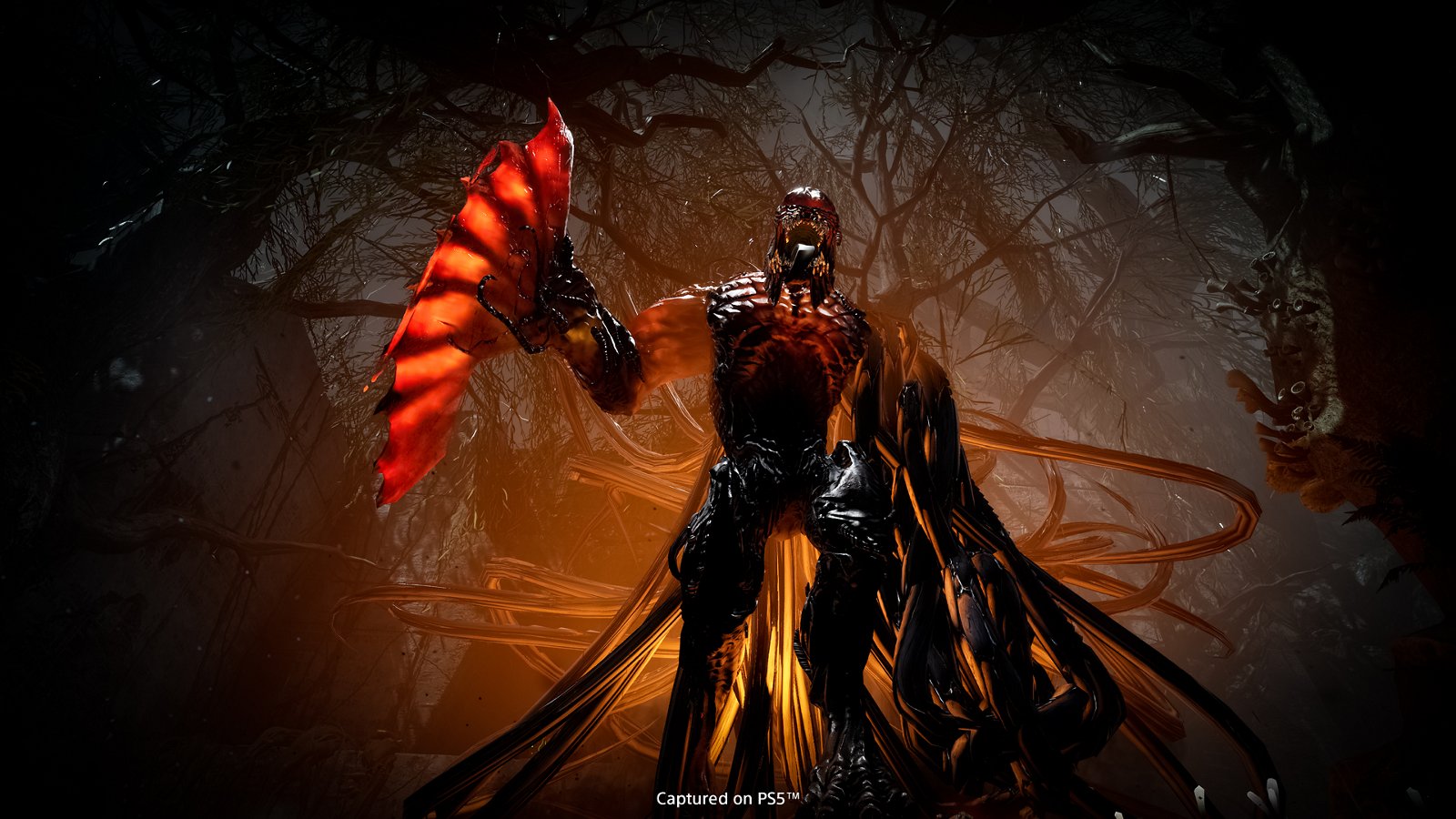
On a technical level, the game is impressive as well. I experienced no major bugs or glitches, beyond a couple of forgivable clipping issues with some of the larger enemies. One promising run ended in a hard crash, however. This was pretty frustrating, considering the lack of mid-run save points.
Unfortunately, post-release Returnal has proved to be a lot less stable from a technical perspective. After various reports of crashing and save files corrupting (which I experienced myself after posting this review) in the days after launch, Housemarque promised a patch to address these problems.
This patch ended up creating more issues than it solved, and it led to the game becoming downright unplayable for some users. Even requiring a complete redownloading of the game after file corruption in some cases. This game-breaking patch was pulled and a new update has now been pushed out, but it further highlights the desperate need for some form of manual save system to allow users to restore progress in the event of a glitch or game crash.
It’s almost impossible to talk about Returnal without mentioning its implementation of the unique features of the PS5’s DualSense controller. These increase the sense of immersion tenfold. The DualSense uses haptic feedback to simulate everything from the pitter-patter of raindrops on your metallic helmet, to the buzz of your weapon being ready to blast off a powerful shot.
Every gun has an alternative-fire mode, which charges up slowly over time. To switch between fire modes, you don’t hold down a button or toggle a setting. Instead, you select which type of round to fire off by how far you depress the left trigger. The DualSense’s Adaptive Triggers create a shooting system that a player needs to experience to fully appreciate. Returnal is the best implementation of the DualSense's features since Astro’s Playroom.
It’s also worth noting that thanks to the PS5’s speedy SSD, load times in Returnal basically don’t exist. Fast travel is essentially instantaneous, and also features a particle effect that is downright jaw-dropping.
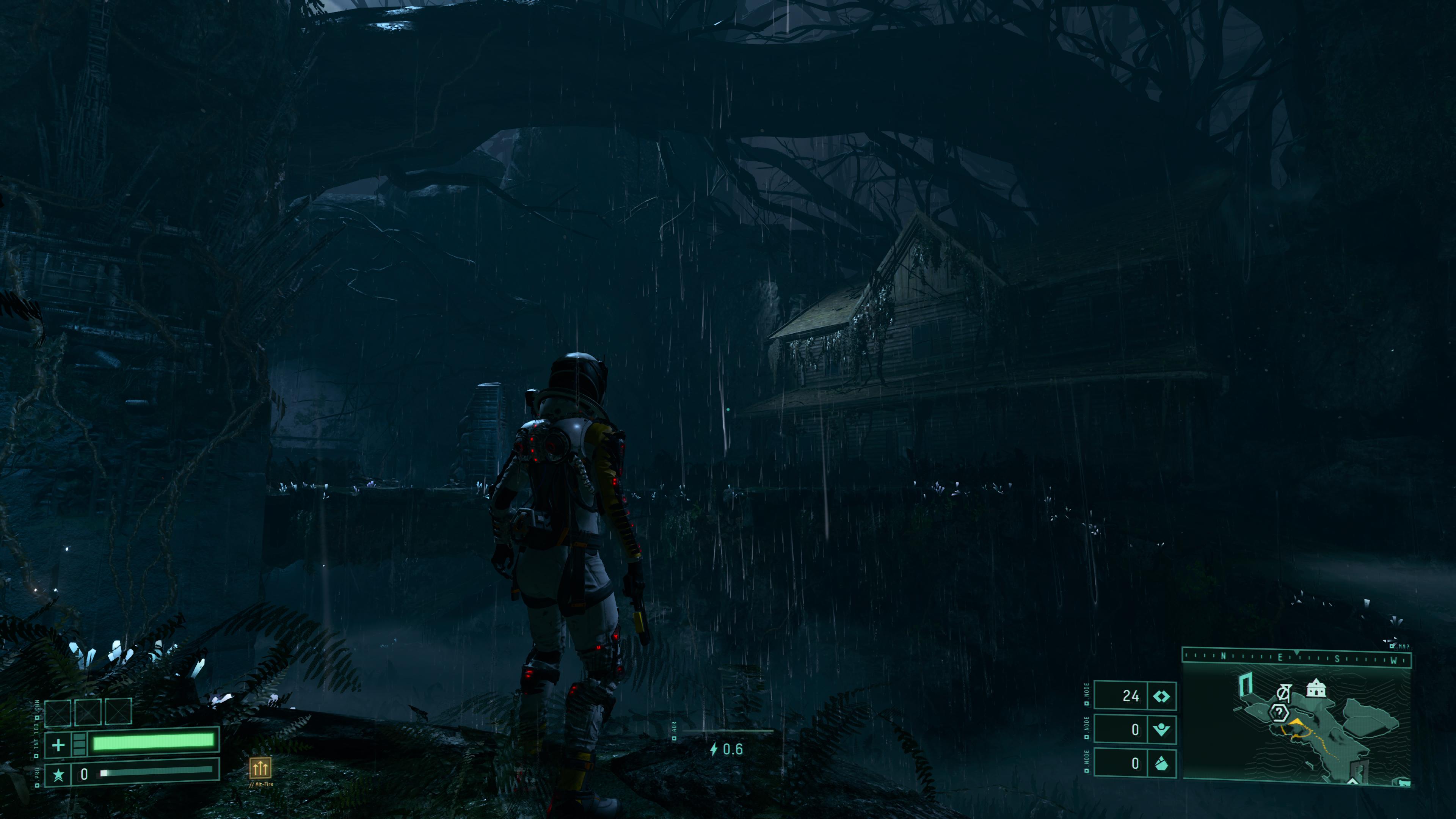
Returnal review: Verdict
Returnal is a system-seller in its own right. While many of the game's best ideas come from other rogue-lites, Housemarque has blended together all of these different elements into one uniquely satisfying package.
This remarkable game feels completely original in the big-budget gaming space, which often feels frustratingly risk-averse. Returnal stands shoulder-to-shoulder with beloved PlayStation exclusives like God of War and Ghost of Tsushima, and is the first must-play title of the new console generation.
- More: Check out the best PS5 accessories

Rory is a Senior Entertainment Editor at Tom’s Guide based in the UK. He covers a wide range of topics but with a particular focus on gaming and streaming. When he’s not reviewing the latest games, searching for hidden gems on Netflix, or writing hot takes on new gaming hardware, TV shows and movies, he can be found attending music festivals and getting far too emotionally invested in his favorite football team.


